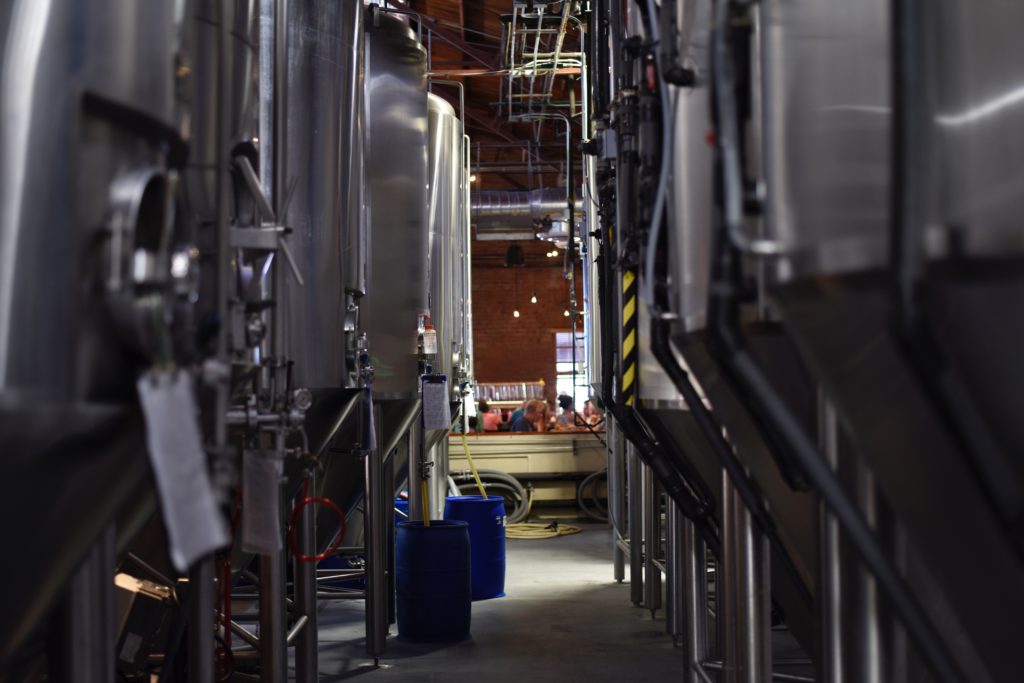Dealing with water is challenging in nearly all air compressor systems. Water is produced in the air stream as a result of air compression. This water condenses and combines with the compressed air delivered to your equipment, application, or tool.
Most applications can manage with a little water, but too much water might cause issues. This is where compressed air dryer systems come into play.
You require a specialized mechanism or equipment to remove the moisture that naturally exists in pressurized air. This article covers the best ways to dry compressed air. So, let’s find out what they are!
The Best Ways to Dry Compressed Air
Here are the most effective methods of drying compressed air:
Refrigerated Air Dryers
Refrigerated Air Dryers serve as an effective method for compressed air drying. They cool the compressed air, which results in the moisture condensing and separating from the air.
The dry air then enters the heat exchanger to warm it to the desired temperature. It is then released for use. Refrigerated air dryers can remove up to 90% of the moisture from compressed air, making them ideal for most industrial applications.
Desiccant Air Dryers
A desiccant or adsorption dryer uses desiccant materials like activated alumina or silica gel to remove moisture from the air that passes through it. These dryers are generally used for applications requiring extremely high-quality air or ultra-low dew points, often between -40°C and -40°F. These dryers are to reduce the amount of moisture in compressed air.
Air must be kept at a constant, predictable dew point for industries like food processing or pharmaceuticals. Desiccant air dryers do just that. Hence, they are generally used in applications where very dry air is required.
Deliquescent Dryers
Deliquescent dryers use a salt-based desiccant material that dissolves when it comes in contact with moisture. The dry air then goes back into the system. Deliquescent dryers are typically used in applications with low dew point requirements. They are well-suited for remote locations where electricity is not available.
Aftercooler Technique
In this air drying method, the transfer of heat takes place between two bodies of air that are at different temperatures until temperature equilibrium is reached. An aftercooler reduces moisture in a system by cooling compressed air. Water droplets precipitate out of the air when compressed air temperatures fall. Generally, an automated or timed drain trap is used together with a moisture separation device to collect and drain out these liquid impurities.
Heat may be transferred in three main ways, and all three typically occur simultaneously. These include conduction, convection, and radiation. The temperature of compressed air and ambient air are balanced using this technique. Moreover, some moisture separation also takes place throughout the process.
Chemical Absorption Dryers
Another way to dry compressed air is by using chemical absorption. These dryers use a chemical desiccant material like sulfuric acid or lithium chloride to absorb moisture from compressed air. Chemical absorption dryers are typically used in applications that require very low dew points. These systems are not suitable for applications where there are traces of oil in compressed air.
Membrane Dryers With Pre-Filtration
Membrane dryers with pre-filtration combine a pre-filter and a membrane to separate water vapor and other impurities from compressed air. The membrane drier is an advanced filtering device that is made to operate with your current compressed air system.
This method of purification gradually removes liquids and other contaminants from compressed air. The pre-filter eliminates larger substances and particles, and the membrane separates water molecules from the air.
Heatless Air Dryers
Heatless air dryers use a desiccant material for moisture absorption. The air is passed through two tanks containing desiccant material. While one tank is adsorbing moisture, the other tank is being regenerated. Heatless air dryers do not require any external heat source, making them energy-efficient and cost-effective.
Blower Purge Dryers
Blower purge dryers use a blower to purge the moist air from the dryer. The dryer has two chambers filled with desiccant material. One chamber absorbs moisture, and the other is purged by the blower. This process ensures a continuous supply of dry air. Blower purge dryers are cost-effective and suitable for applications that require low dew points.
Cycling Refrigerated Dryers
Cycling refrigerated dryers work on the same principle as refrigerated air dryers. However, they have a variable-speed compressor that cycles on and off depending on the demand for compressed air. This ensures that the dryer only uses energy when required. Hence, making it an energy-efficient and cost-effective air-drying solution. Cycling refrigerated dryers are suitable for applications that have varying compressed air demands.
Vacuum Dryers
Vacuum dryers work by reducing the pressure in the drying chamber. Thus causing the moisture to evaporate at a lower temperature than usual. These air dryers are suitable for applications that require low dew points. You can also use them in combination with other drying methods, such as refrigerated or desiccant drying.
Final Word
In conclusion, there are various compressed air drying methods available. The one method depends on the requirements of the application.
Blower purge dryers, deliquescent dryers, chemical absorption dryers, and membrane dryers with pre-filtration are suitable for specific applications that require low dew points or have traces of oil in the compressed air. Cycling refrigerated dryers are energy-efficient and suitable for applications with varying compressed air demands.
Do you need a desiccant air dryer for industrial use? If yes, look no further than Super Dry Systems. They have a wide range of durable, high-quality, and affordable desiccant air dryers. These include Inline Desiccant Dryers for Air Compressors, Mini Air Compressor Filter Dryers, Air Compressor Water Separator, Compressed Air Dryer Filters, and more.
You can contact them by clicking here. You can also email info@super-dry.com or call 1-888-828-1122 to learn more about their offerings.


